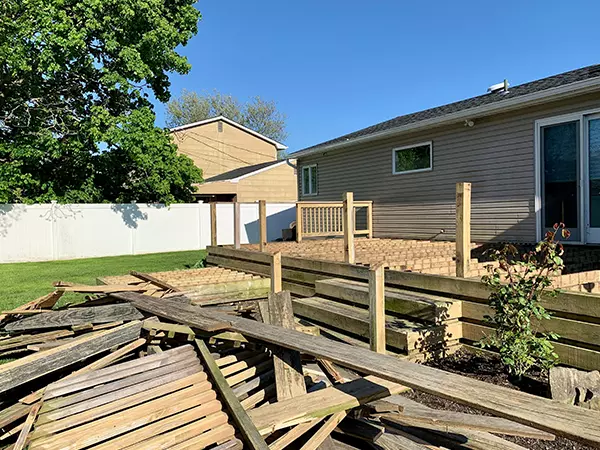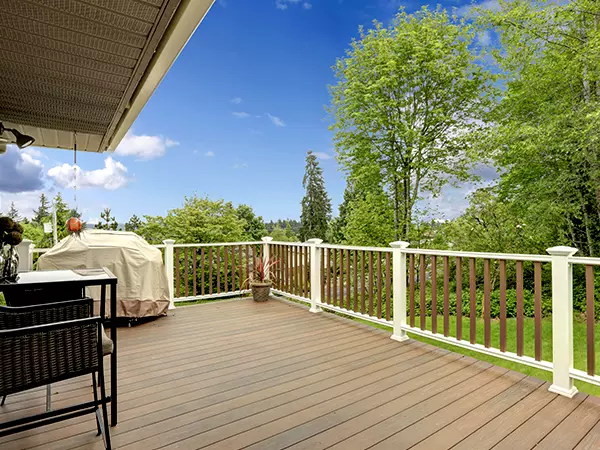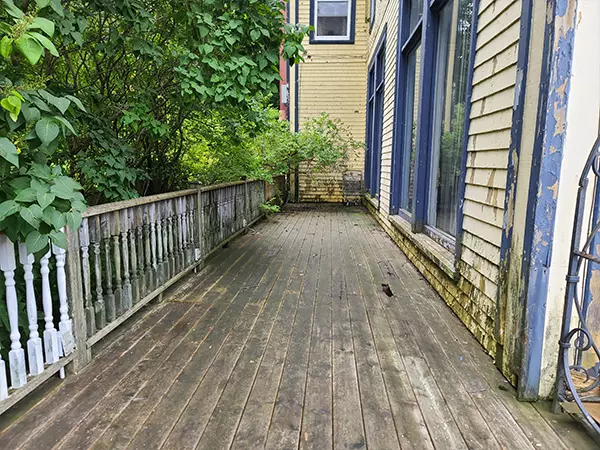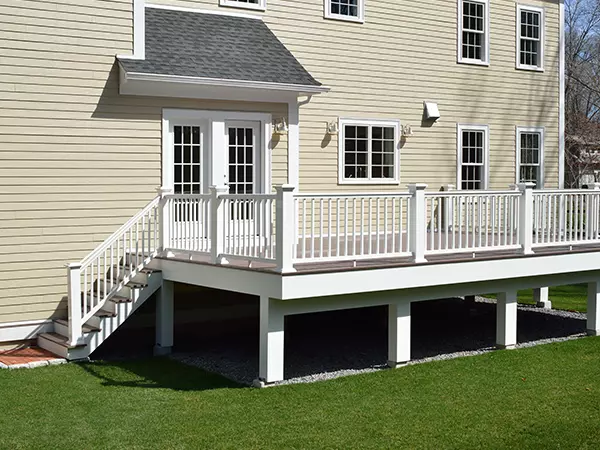Get A High-Quality Deck Built In 3 Days Here In Knoxville, TN
Deck building services in Knoxville, Maryville, Farragut, Lenoir City, Oak Ridge, and more of TN
How can we serve you?
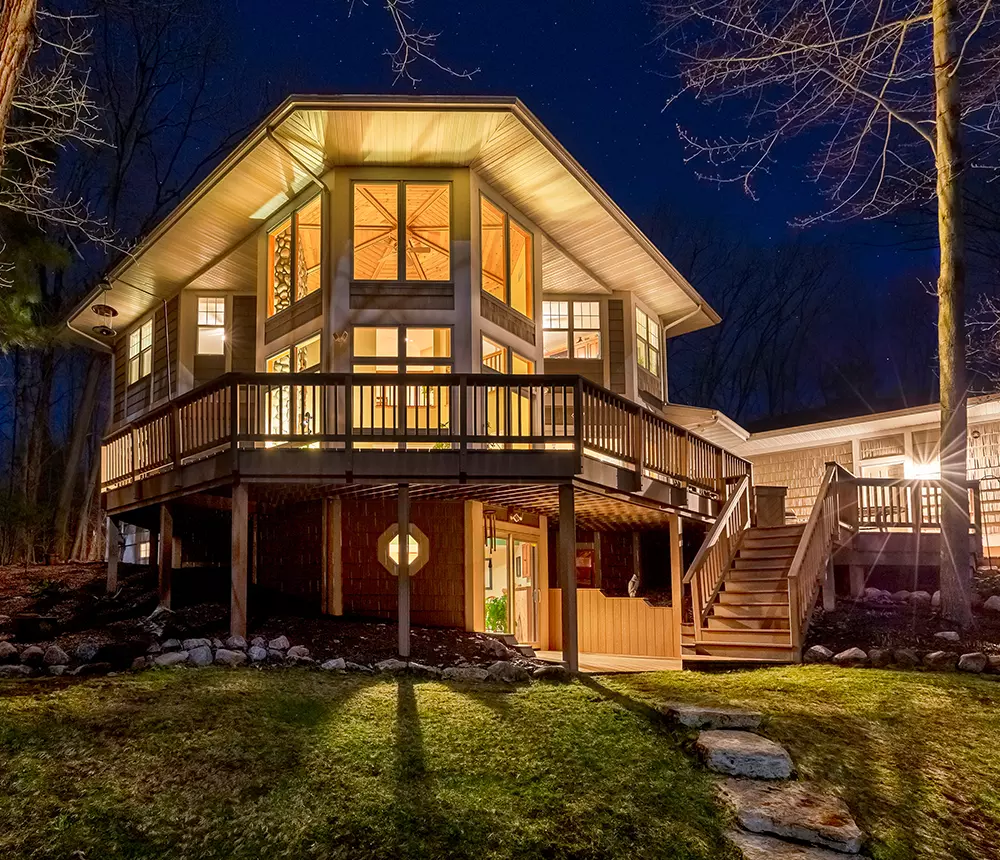
We elevate homes across Tennessee with fully custom or 3-day decks that bring your family together and help you connect.
140+
projects completed
21+
years of experience
36
craftsmen and women
50+
projects per year

Hi, I’m Nate, owner of Riverview Decks. Every Sunday, rain or shine, my father cooked the family meal on our deck. He made sure that we would get together no matter what, and that set the tone for how we appreciated everything throughout the week.
Now that I own Riverview Decks, I want to create that same sense of community for my customers. Learn more
From the first time we met Nate to plan our remodeling projects, we had a great deal of confidence in his professional abilities to complete our home remodeling. He has performed all of the projects to our complete satisfaction in a professional and timely manner. We plan to use his company again with additional projects.
– William A. Burge
Our Services
Deck Building
Enjoy more usable space with a deck customized to your needs:
- Custom-styled composite decks
- Sauna or spa decks
- Boat dock or boat house
- Built-in deck lighting
- Pergolas and covered decks
- Grill and bar areas
Deck Repair
Keep your deck safe and beautiful with these common repairs:
- Deck staining and painting
- Pests and rot treatment
- Railing repairs
- Structural repairs
- Deck resurfacing
We’re a proud Google Guaranteed business, a certified Dekorators professional, and a member of essential building associations throughout the US, like NAHB, HBAGK, and NADRA.

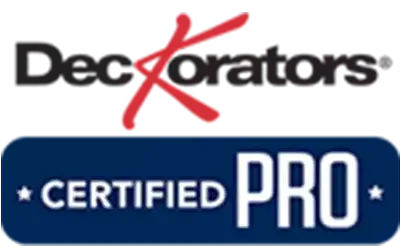

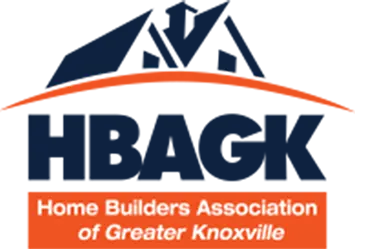

Licensed, Bonded, And Insured
Have Qualified Craftsmen Working On Your Deck
Relax as professionals with an eye for perfection take care of your home. Our elevated standard of work and transparent interaction made hundreds of homeowners trust us with their projects.

Jennifer Axley
This company is a top class business.
Every aspect of the job was conducted in a professional and respectful manner.
My project was small when compared to their usual jobs, but Nate and Joe made me feel that they truly valued me as a client.
J
Jason Eskew
The 5 stars is reflective of the owner of the business. Nate is a credit to his profession and works to ensure his clients are happy.
We had a horrible deck which was rotting and becoming unusable. He developed a design that we loved and was on point with all of his suggestions.
He was always promptly responsive, which we learned is difficult to find nowadays. It wasn’t always smooth sailing (I guess few jobs ever are), but the end result is excellent and exactly what we wanted.
K
Kim DiBenedetto
Nate and his team were professional and efficient.
We were in constant communication. I have 3 dogs that the workers were mindful of by keeping the gate closed and not leaving any nails or screws as a hazard. JC and/or Nate were here everyday to ensure quality and perfection.
There is no one else I would recommend for your deck both new or repairs. I only wish I could give more than 5 stars!
A Transparent Process With Zero Worries
Our promise of excellence will continue from our first interaction through to the completion of your project. A clear plan and transparent approach ensure that we understand your vision and can execute it exactly as you want it.
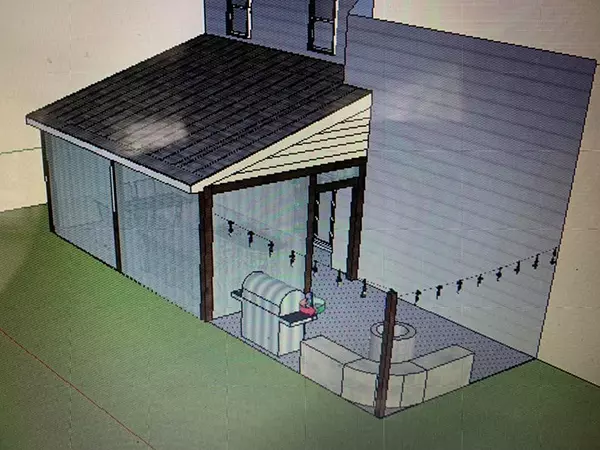
1
Collaborate
We help you define your vision for your deck.
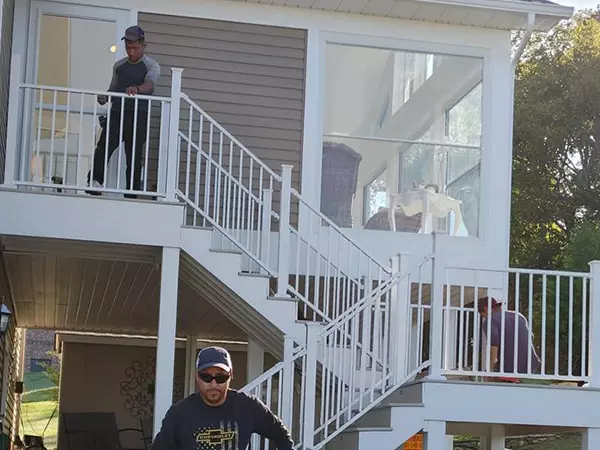
2
Build
We build your dream deck to perfection.
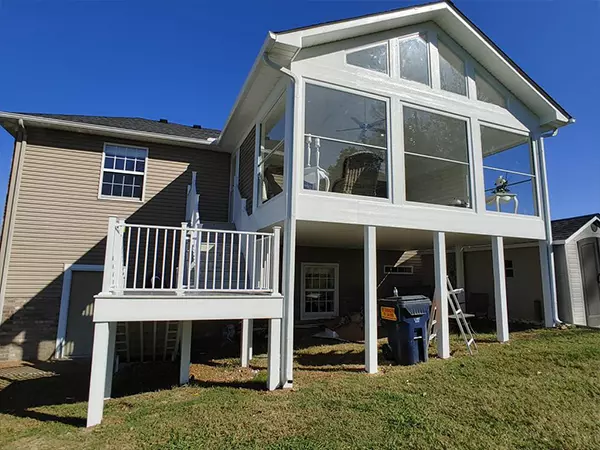
3
Enjoy
Love every moment spent on your new deck.
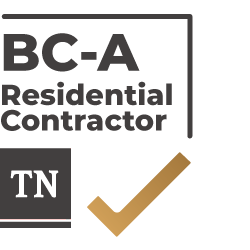
Certified Residential Contractor

36+ Certified Craftsmen & Women

Daily Updates & Transparent Communication

Pre-Planning & Logistical Excellence
Make New Memories On A Beautiful Deck With The Easiest Process In Knoxville
Get your deck up and running in as quickly as 3 days!

